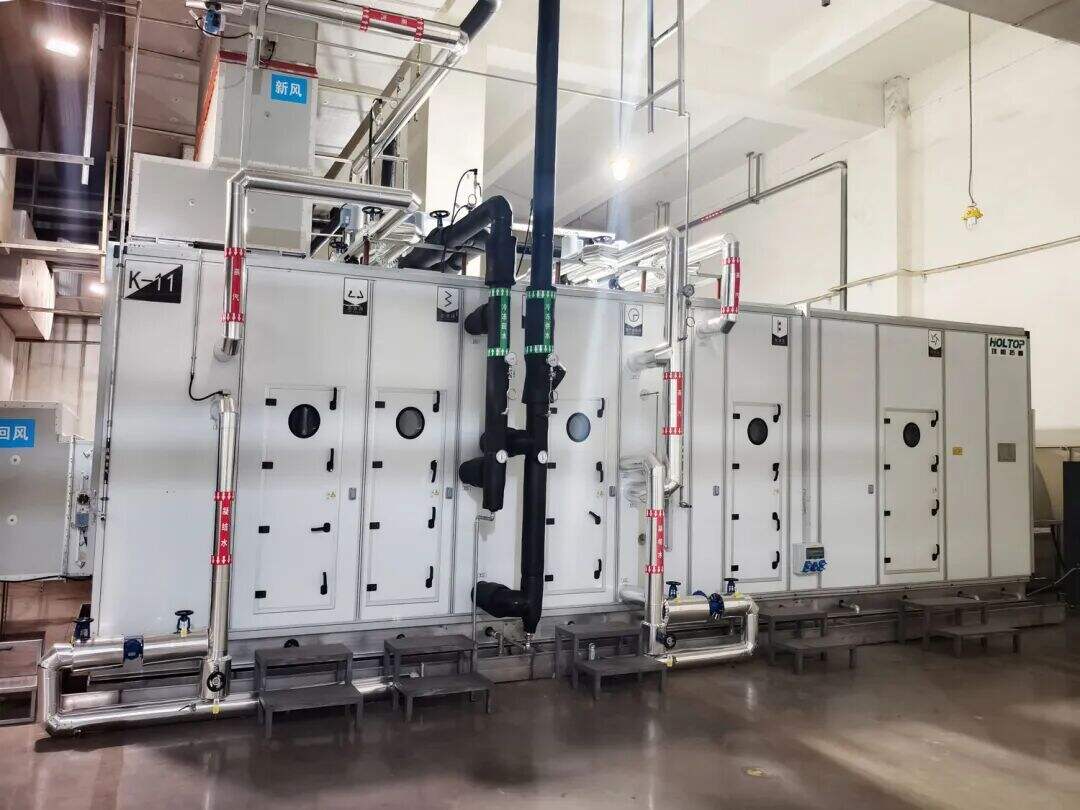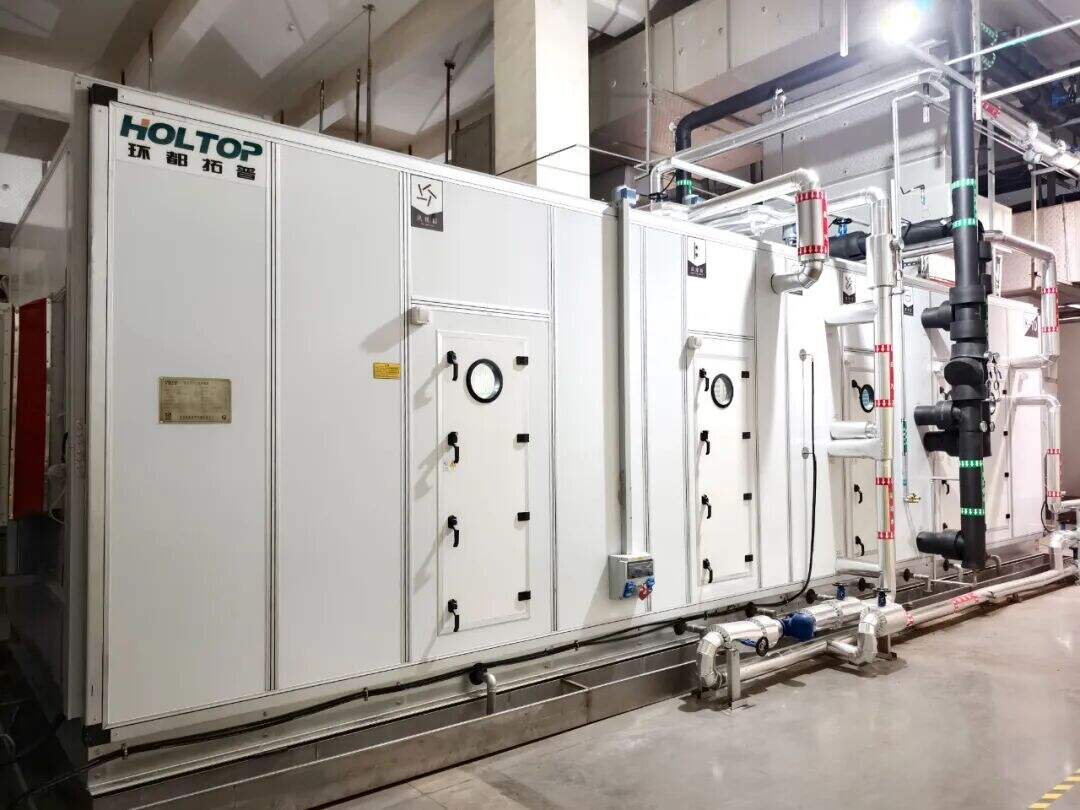
In tobacco production, maintaining precise temperature and humidity levels is essential for consistent product quality. As older air conditioning systems struggled to meet the demanding needs of tobacco processing, a comprehensive upgrade became necessary to ensure continuous, high-quality production.
Temperature and Humidity Regulation: For tobacco products to meet quality standards, it is crucial that temperature and humidity are controlled with high accuracy. Fluctuations can lead to uneven moisture levels in tobacco leaves, impacting the final product.
Durability and Reliability: Given the high humidity and potential exposure to corrosive substances in the factory environment, the new system had to be robust, long-lasting, and resistant to wear.
Energy Efficiency: The upgraded system needed to be energy-efficient to reduce operational costs and align with sustainability goals.

The previous air conditioning system in place was no longer capable of maintaining the precise conditions required, resulting in production inefficiencies and occasional shutdowns. The new solution needed to not only handle the factory's high-demand environment but also provide accurate, consistent environmental control.
The solution involved the installation of high-capacity air handling units (AHUs) designed to distribute air evenly across large, densely packed production spaces. By ensuring a constant flow of air, the system was able to maintain consistent temperature and humidity levels, even during periods of heavy production.

A state-of-the-art digital control system was implemented to manage the temperature and humidity precisely. This system uses advanced algorithms and real-time data from sensors to maintain ideal conditions, which is crucial for maintaining product consistency and minimizing production interruptions.

Given the nature of the tobacco processing environment, which involves exposure to acids and other corrosive substances, the new system was designed with corrosion-resistant materials to ensure longevity and minimize the need for frequent repairs.
Consistent Product Quality: By maintaining ideal temperature and humidity, the new system ensures uniform moisture content in the tobacco leaves, leading to a more consistent end product.
Operational Efficiency: With fewer breakdowns and system interruptions, the factory can operate more smoothly and produce at a higher capacity.
Cost Savings on Maintenance: The robust, corrosion-resistant materials used in the new system significantly reduce maintenance needs and extend the lifespan of the equipment.
While the new air conditioning system offers improved performance, regular maintenance is key to ensuring its continued efficiency. Routine inspections of system components such as filters, humidity sensors, and pumps help identify any potential issues early, preventing unexpected breakdowns and costly repairs.
Tip: Regular maintenance is essential to keep the system running efficiently and to avoid costly repairs or downtime.
With the new air conditioning system, the tobacco factory can maintain more stable and reliable conditions, even when external temperatures fluctuate. This consistent climate control is vital for optimizing product quality and ensuring the factory runs at peak efficiency.

The upgrade of the air conditioning system in the tobacco factory has resulted in significant improvements in both product quality and operational efficiency. By ensuring stable environmental conditions, the factory has enhanced its production process, reduced downtime, and minimized maintenance costs. This upgrade not only supports sustainable production but also positions the factory for long-term success in meeting the growing demands of the tobacco industry.
 Hot News
Hot News2025-11-18
2025-11-13
2025-11-03
2025-10-16
2025-10-13
2025-10-13

Copyright © 2025 by Beijing Holtop Air Conditioning Co., Ltd - Privacy Policy